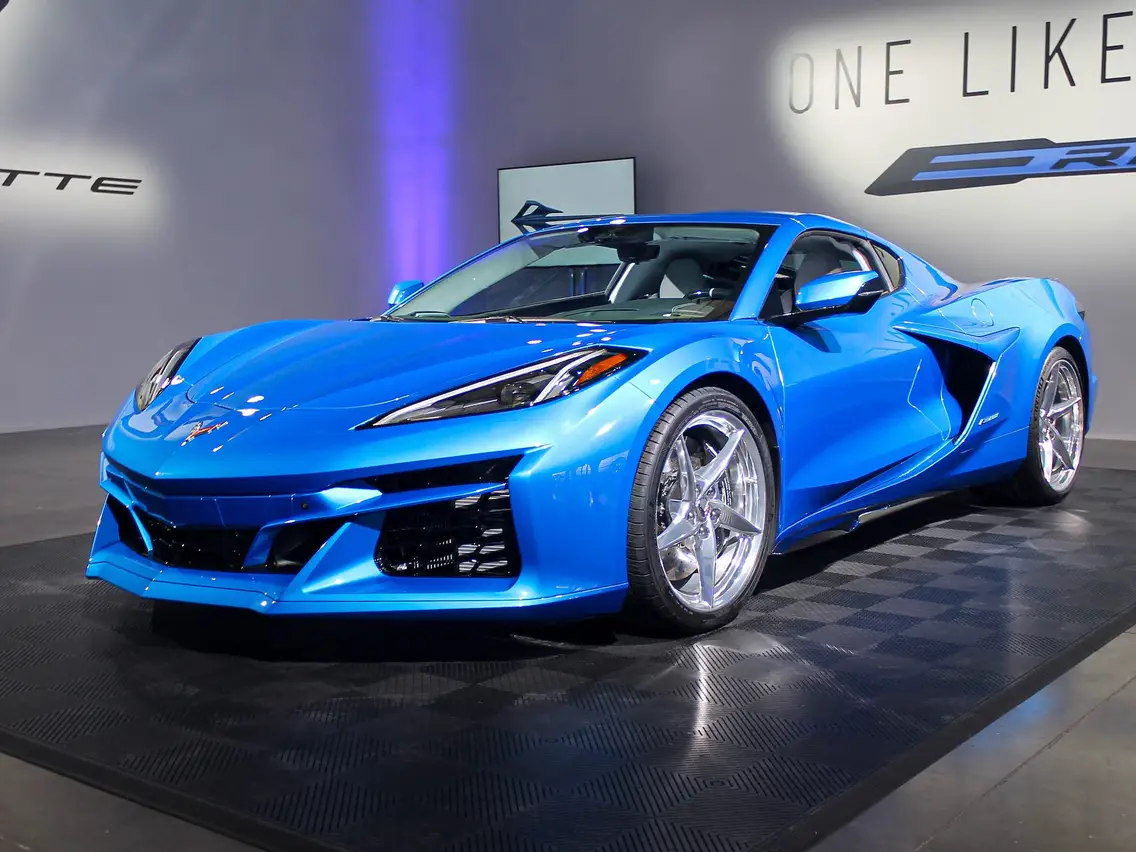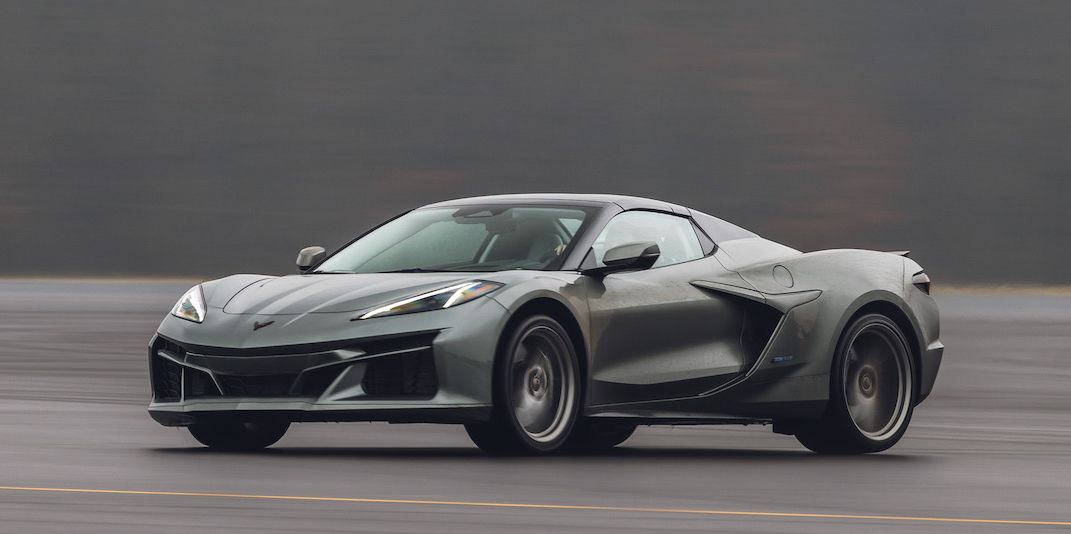In the world of high-performance cars, the time it takes for a vehicle to accelerate from a standstill to 60 mph stands as one of the most crucial, well-documented, and enduring benchmarks. It’s a metric that fuels spirited debates among automotive enthusiasts, always striving for one-upmanship.
Our standard array of acceleration tests rigorously analyzes this 60-mph time, along with numerous other performance data points, in a scientific pursuit of the quickest acceleration results.
To ensure accuracy, our testing occurs on a closed, level proving-ground track, employing optimal driving techniques for achieving the fastest time. This might involve activating a car’s launch-control system or not, as circumstances dictate.
We run our tests in two directions to account for wind effects and then average the two best runs while also adjusting the results for standard weather conditions, given that temperature and humidity can influence the horsepower output of internal-combustion engines.
Contemplating the Possibilities Without Launch Control
Our meticulous data collection process led us to wonder: What would happen if we removed the influence of launch control? Activating launch control in the Corvette E-Ray can be a somewhat involved procedure.
It necessitates configuring the Performance Traction Management (PTM) system to Track, Race 1, or Race 2, with Race 2 being mandatory for tire burnout. Once the appropriate PTM mode is selected, launch control becomes accessible. From there, the driver can adjust the engine RPM and target slip percentage or simply opt for Auto mode and let the E-Ray’s systems handle it.

One standout characteristic of the E-Ray on the open road is its breathtaking, instantaneous, and easily accessible acceleration. With a 495-horsepower 6.2-liter V-8 at the rear, a 160-horsepower electric motor at the front, and a consistently high level of charge in its 1.1-kilowatt-hour battery, the E-Ray surges ahead from nearly any speed. Its all-wheel-drive traction allows it to launch from stoplights with the force of a cannonball.
The Real-World Stoplight Test
Now, the real question: How swiftly can the E-Ray reach 60 mph in a real-world scenario when you’re at a stoplight, and your launch control isn’t primed for action? Imagine pulling up alongside a 797-horsepower Dodge Charger Hellcat Redeye, and all you do is floor the accelerator when the light turns green. Could you theoretically beat the Dodge?
A Stoplight to 60 MPH in 2.9 Seconds
In the name of science, we conducted this gas-and-go experiment, attaching our VBox test equipment to the E-Ray. In a previous test, a Charger Hellcat Redeye took 3.5 seconds to reach 60 mph with its launch control disengaged, and it was slightly slower with it activated.
With the E-Ray, our track testing yielded an impressive 2.5-second time with launch control optimized. However, without any assistance from launch control, the E-Ray still clocked in at 2.9 seconds. In this scenario, the Charger driver would see the E-Ray’s quad exhaust pipes vanishing into the distance.
Exploring the Rolling Start
As part of our standard testing, we include a 5-to-60-mph rolling start, where we start at 5 mph and then unleash full throttle. This test eliminates the influence of high-rpm launch control. The E-Ray completes this rolling start in 3.1 seconds, only 0.2 seconds slower than an all-out acceleration from a standstill.
The Challenge to Other Supercars
How would the E-Ray fare in a stoplight showdown against other hypercars like the Ferrari 296GTB or Lamborghini Huracán STO? It’s an intriguing question, but we lack comparable 60 mph data for those supercars, as we almost always test them with their launch control engaged.
In conclusion, this enjoyable departure from traditional testing underscores our subjective perception of the E-Ray’s performance: it effortlessly outpaces most other vehicles in a stoplight drag race, theoretically speaking, of course.

